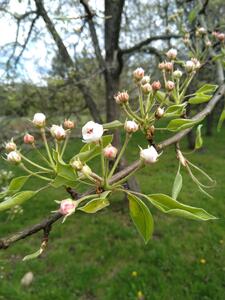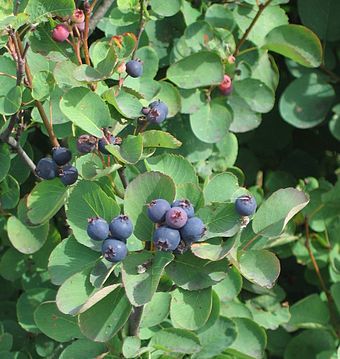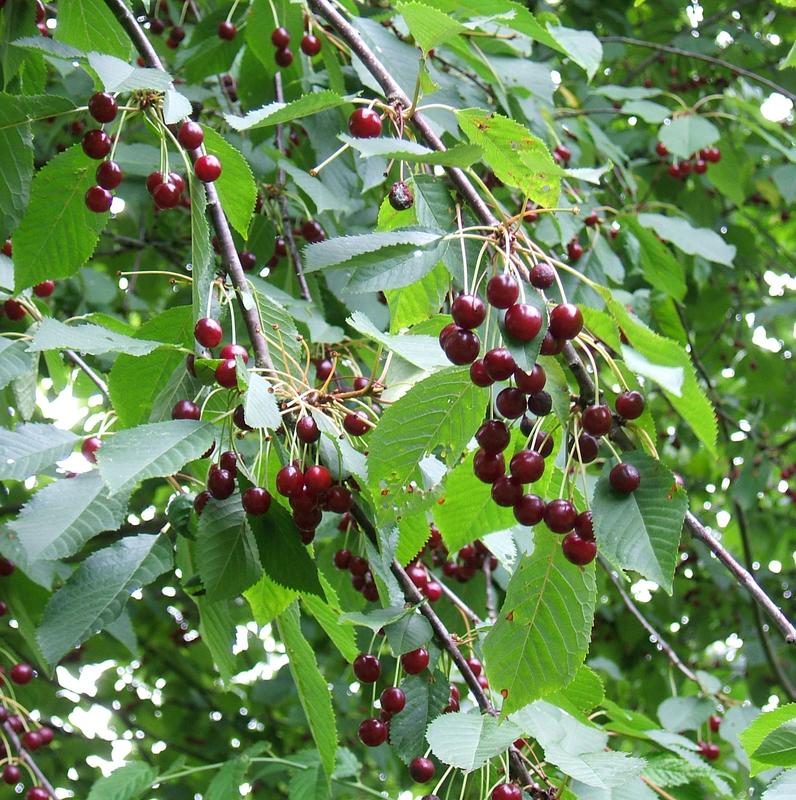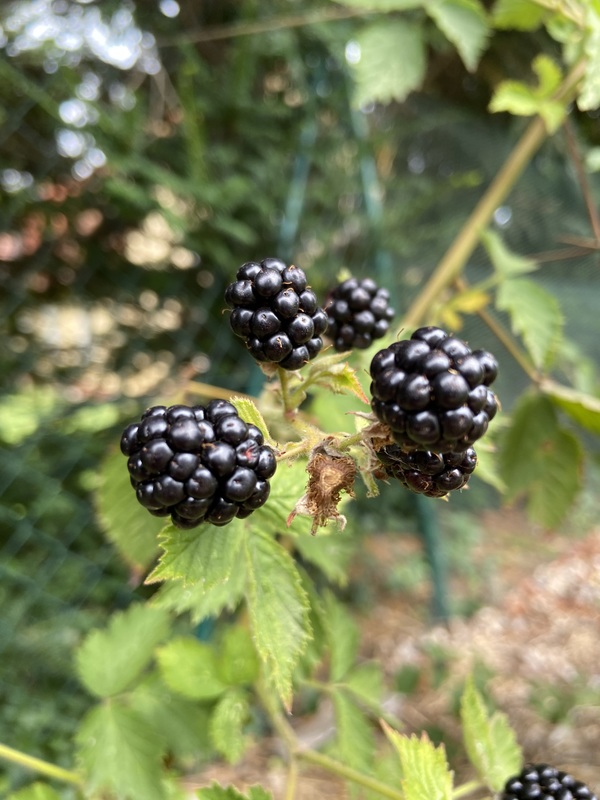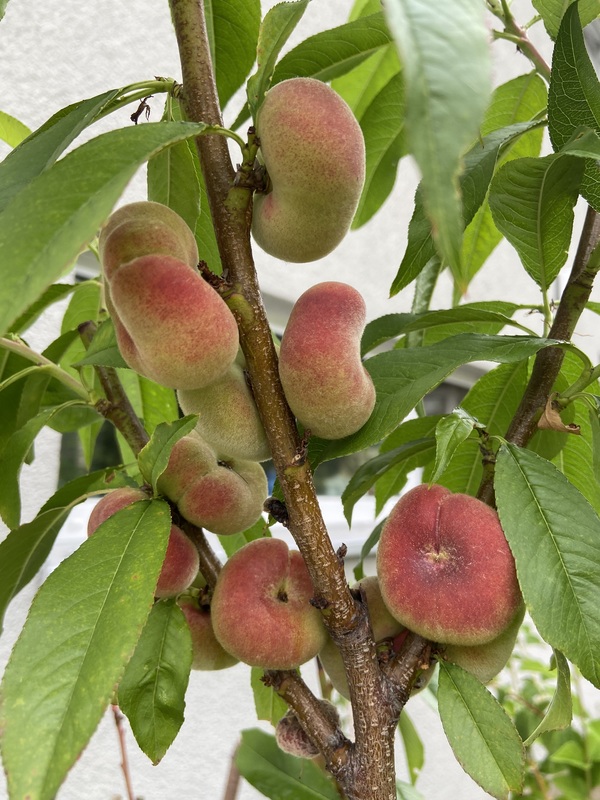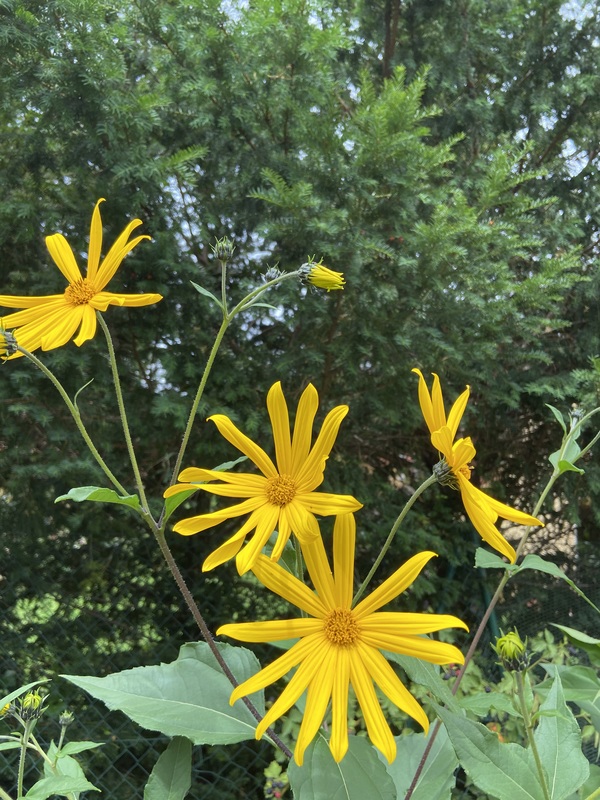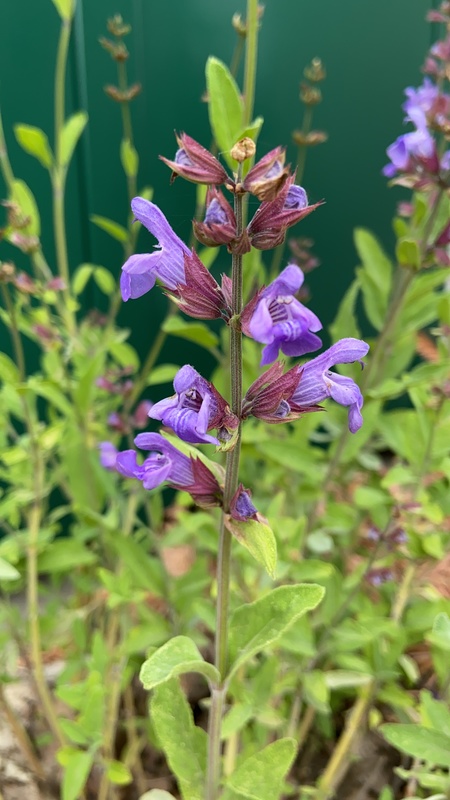Description
Pear trees are popular fruit trees in both home gardens and commercial orchards. With various species and numerous cultivars, pear trees are appreciated for their delicious fruit, attractive blossoms, and relatively easy maintenance.
Most pear trees grow to a height of 12 to 20 feet, although some cultivars can reach up to 40 feet. They typically have a rounded, upright growth habit. Pear trees have glossy green leaves and produce beautiful white flowers in early to mid-spring, before the leaves emerge. These blossoms are not only visually appealing but also attract pollinators.
Pears come in a range of sizes and colors, typically yellow, green, or brown, and are known for their sweet, juicy flesh. The texture and flavor vary among cultivars, ranging from smooth and buttery to crisp and tangy.
Pear trees generally prefer cooler temperate climates but can adapt to a range of conditions. They are more cold-hardy than citrus but less so than apples. They thrive in well-drained, loamy soil and require full sun for optimal fruit production. Regular watering is important, especially during fruit development. Pruning is essential for maintaining tree health, encouraging fruit production, and managing size. Pear trees can be susceptible to several pests and diseases, including fire blight, pear scab, and codling moth. Integrated pest management strategies can help control these issues.
Pear trees can be part of a diverse polyculture system, where they can be interplanted with various understory crops and beneficial companions to enhance overall ecosystem health. They can improve soil health through leaf litter and create beneficial microclimates in a permaculture setting.
